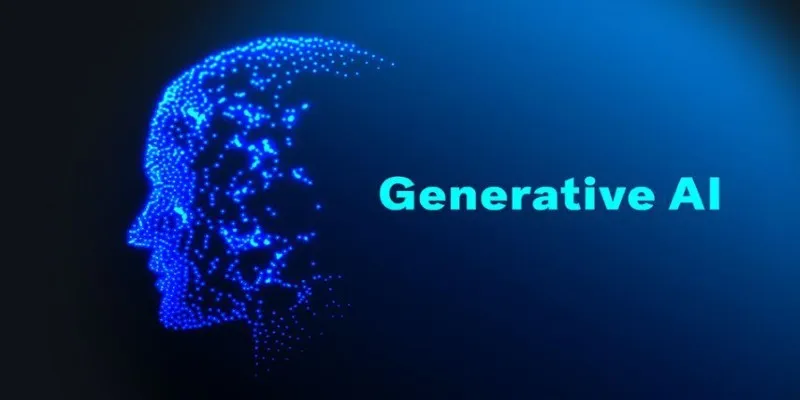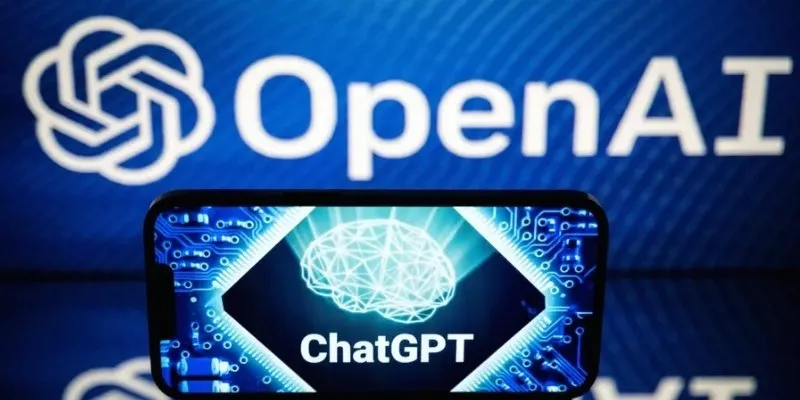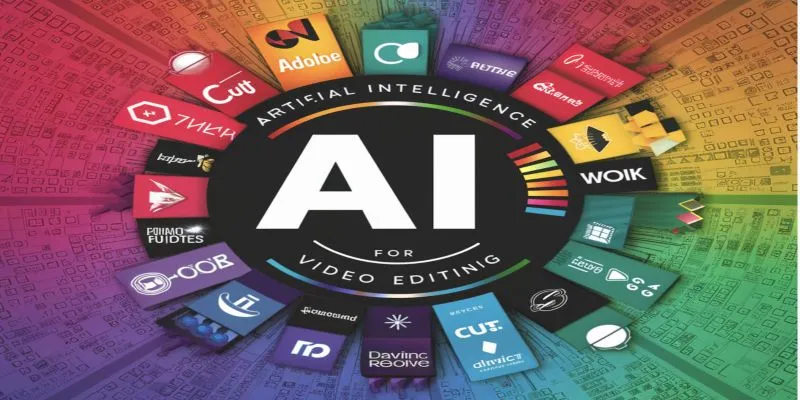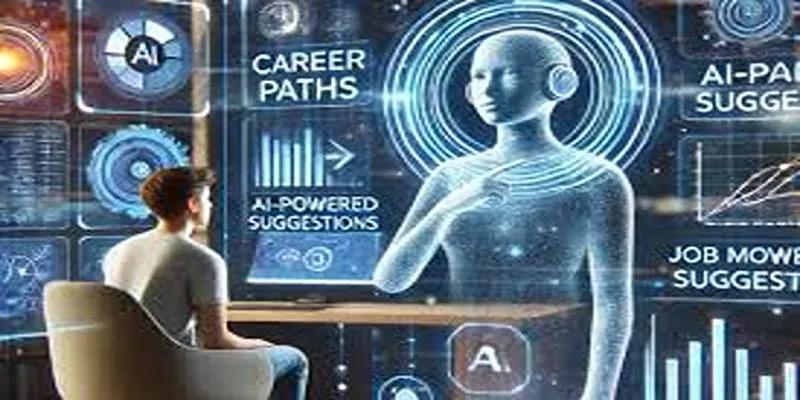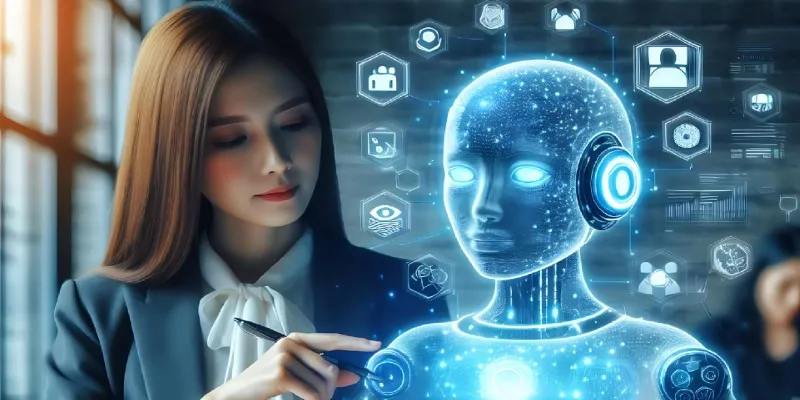Recent advancements in artificial intelligence (AI) have introduced Emotional AI, a groundbreaking technology designed to enable machines to understand and respond to human emotions. This development raises an important question: Can Emotional AI truly grasp complex feelings like student frustration? While AI utilizes facial recognition, voice tone analysis, and behavioral cues to detect emotional states, accurately interpreting frustration is not straightforward.
The nuances of individual emotions, cultural differences, and the context of frustration pose challenges for AI systems. As AI continues to grow in educational settings, its ability to reliably and ethically understand emotions remains an ongoing concern.
What is Emotional AI?
Emotional AI, also known as affective computing, is a technology that interprets human emotions through algorithms. It analyzes data from facial expressions, tone of voice, body language, and physiological responses such as heart rate to evaluate emotional states. For instance, when a student struggles with a difficult concept, facial expressions may indicate confusion, or the voice may become strained, indicating frustration. Emotional AI systems learn to identify these emotional signals and associate them with corresponding feelings, such as frustration.
Emotional AI holds revolutionary potential in school environments. It can sense when a student is struggling with a lesson and alert the teacher, allowing for immediate support and preventing disengagement. While the technology has promise, it is still not yet capable of grasping the complexity of human emotions fully, making its use in actual environments a work in progress.
Can AI Accurately Detect Student Frustration?
The capability of AI to detect student frustration is sophisticated yet emerging. AI can identify certain emotional cues, but detecting frustration requires more than reading facial features or tone of voice. Frustration manifests differently based on an individual’s personality, cultural context, and the situation. For example, one student might display frustration with a furrowed brow, while another might express it through silence. Some might become openly agitated, while others internalize their emotions, presenting a challenge for AI to provide a universal solution.

Emotional AI algorithms are trained on vast datasets, with their accuracy depending heavily on how well these datasets capture the diversity of emotional expressions. However, the challenge lies in interpreting the root cause of frustration. Is the frustration due to difficulty with the material, or could it stem from external factors like personal problems or distractions? Emotional AI can identify frustration but often lacks the context to determine the exact cause, leading to potential misinterpretations, such as confusing frustration with boredom or irritation.
Efforts are underway to enhance the accuracy of emotional AI, including using machine learning techniques like deep learning. Researchers are also developing algorithms that better account for cultural and individual differences in emotional expression. Despite these improvements, emotional AI still faces significant challenges in fully capturing and interpreting the full range of human emotions, particularly in the dynamic context of a student’s experience.
The Role of Emotional AI in Education
Emotional AI has the potential to revolutionize education by providing insights into students’ emotional states, which can inform teaching strategies. For instance, if a student consistently shows signs of frustration with a subject, AI can detect this early and help teachers adjust their approach or offer additional support, preventing frustration from escalating.
Moreover, Emotional AI can create personalized learning experiences. By monitoring students’ reactions to different content, AI can adjust the difficulty level or teaching method. For example, suppose a student expresses frustration with a challenging topic. In that case, AI might recommend alternative explanations or additional resources, allowing the student to learn at their own pace and reducing frustration.
In addition to personalized learning, Emotional AI can also assess the effectiveness of teaching methods. If a teacher’s approach results in recurring frustration among students, it may signal the need for a change in strategy. Conversely, if certain teaching techniques elicit positive emotional responses, these methods can be refined and implemented more widely.
However, Emotional AI in education raises ethical concerns about privacy, consent, and the extent of AI’s involvement in students’ emotional lives. Institutions must establish clear guidelines on the collection and use of emotional data to ensure students’ rights are respected and protected.
Challenges and Limitations of Emotional AI
While the benefits of Emotional AI in education are clear, the technology is not without its challenges. One of the most significant limitations is the question of accuracy. As mentioned earlier, emotional expression varies greatly from person to person. AI systems trained on large datasets of facial expressions or voice tones may struggle to account for this variability. For instance, a student who is naturally introverted might not show overt signs of frustration even though they are struggling. Conversely, an extroverted student might express frustration more loudly or dramatically, which could be misinterpreted by an AI system.

Another challenge is the potential for bias. AI systems are only as good as the data they are trained on. If that data includes biases—whether cultural, racial, or gender-based—then the AI may misinterpret emotions in certain groups of students. For example, research has shown that AI facial recognition technology is often less accurate in identifying emotions in people of color. This can lead to disparities in how emotional states are detected, potentially exacerbating existing inequalities in education.
Moreover, while Emotional AI can detect emotional responses, it cannot understand the underlying causes of those emotions. A student’s frustration might stem from personal issues, environmental factors, or even a lack of sleep. AI is not equipped to consider these complex factors unless explicitly programmed to do so, which can lead to oversimplified or inaccurate conclusions.
Conclusion
Emotional AI shows great potential in addressing student frustration but has limitations in fully capturing human emotions. While it can detect emotional markers, misinterpretations, biases, and ethical concerns must be addressed. AI can assist in recognizing signs of frustration, but human judgment remains essential in accurately interpreting these emotions. Teachers, parents, and counselors will continue to play a crucial role in offering personalized support. Successful integration of Emotional AI requires it to complement, not replace, human connection in education.
 zfn9
zfn9

